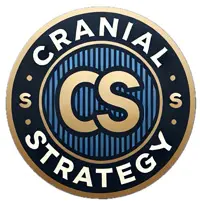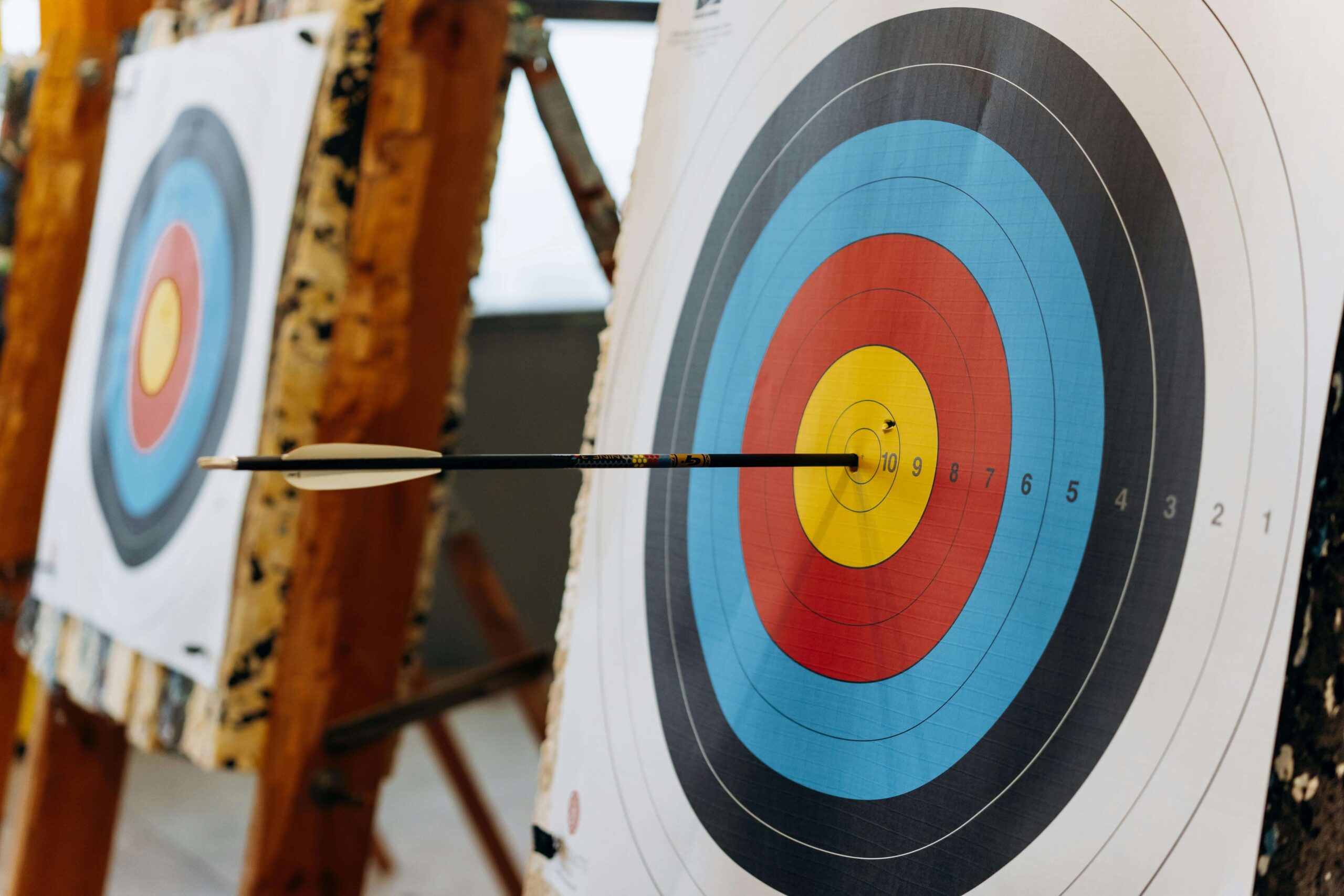Goal setting for strategic success is very important in today’s fast-paced and highly competitive world. However, simply having goals isn’t enough. To truly succeed, you need a strategic approach that transforms vague ambitions into actionable steps. Strategic goal setting is the key to ensuring your efforts align with your vision, leverage your strengths, and lead you toward measurable success.
Why Goal Setting is Crucial for Strategic Success
Goal setting provides direction and focus. Without clear goals, it’s easy to feel lost or overwhelmed, unsure of where to invest your time and energy. Effective goals act as a roadmap, offering clarity in decision-making and motivation in the face of challenges. But here’s the catch: not all goals are created equal. Many people set goals that are either too broad or unrealistic, leading to frustration and burnout. Strategic thinking bridges this gap, ensuring your goals are realistic, actionable, and aligned with your unique strengths and long-term aspirations.
For students, professionals, and anyone striving for success, goals serve as the foundation of growth. They help you stay accountable, measure progress, and adapt when circumstances change. Most importantly, strategic goals build resilience and foster a mindset of continuous improvement.
The Steps to Strategic Goal Setting
To master the art of goal setting, you need more than determination—you need strategy. Here are the key steps to setting and achieving your goals strategically.

Strategic Steps for Goal Settings
Define a Clear Vision
Start with the end in mind. Ask yourself, What does success look like for me? Your vision is the guiding star that shapes your goals. Whether it’s excelling in academics, launching a business, or achieving personal growth, your goals should align with your ultimate vision.
Assess Your Strengths and Challenges
Effective goal setting begins with self-awareness. Identify your strengths and how they can propel you forward. At the same time, acknowledge your weaknesses and potential obstacles. This step ensures your goals are realistic and achievable while encouraging you to find ways to overcome challenges.
Break Goals into Manageable Milestones
Ambitious goals can feel daunting. Breaking them into smaller, achievable milestones helps maintain motivation and ensures steady progress. For example, instead of setting a goal to “master public speaking,” create milestones such as “deliver one presentation in front of a small group” and “join a public speaking workshop.”
Prioritize Strategically
With numerous goals vying for attention, prioritization is key. Use tools like the Eisenhower Matrix or SMART criteria (Specific, Measurable, Achievable, Relevant, Time-bound) to decide which goals deserve your immediate focus. Strategic prioritization prevents wasted effort and ensures your energy is directed where it matters most.
Plan for Adaptability
The path to success is rarely linear. Strategic thinkers know how to adapt when obstacles arise or when goals need to be revised. Regularly reassess your progress and be flexible in updating your approach without losing sight of your overall vision.
Strategic Thinking: The Game Changer for Goal Setting

Cranial Strategy: A Key to Goal Setting
What sets strategic goal setting apart is the mindset it cultivates. Strategic thinkers don’t just set goals—they analyze, plan, and execute with precision. They anticipate challenges and create contingency plans. For instance, a student striving for top grades doesn’t just aim to “study harder.” Instead, they strategically allocate time to weaker subjects, utilize effective study techniques, and track their progress regularly.
Strategic thinking also emphasizes alignment between goals and actions. It’s not about doing more—it’s about doing what matters most. This mindset ensures that every step you take moves you closer to your vision.
Why Strategic Goal Setting is Vital for Today’s World
In an era defined by rapid change and competition, the ability to set and pursue strategic goals is indispensable. Global leaders, entrepreneurs, and innovators succeed not because of luck but because they plan ahead, seize opportunities, and make informed decisions. For students, strategic goal setting translates into better academic performance, improved problem-solving, and greater adaptability to future challenges.
Strategic thinking isn’t just a skill—it’s a necessity in navigating today’s complexities. From academic success to career advancement, mastering this approach gives you a competitive edge in a world that rewards clarity, focus, and deliberate action.
How Cranial Strategy Can Help You Achieve Goals

Cranial Strategy: A Key to Goal Setting
Cranial Strategy is designed to teach students the art of strategic goal setting. Inspired by the brain’s 12 cranial nerves, this program blends neuroscience with practical application, empowering participants to master critical thinking, adaptive planning, and decision-making. Each course within the Cranial Strategy framework overall focuses on building foundational skills, fostering creativity, and enhancing strategic decision-making. By following this structured learning approach, students gain the confidence and tools needed to set realistic goals and achieve them effectively.
Whether you’re aiming to excel academically, grow personally, or achieve career success, Cranial Strategy provides a proven roadmap for turning your ambitions into measurable achievements. It’s not just about setting goals, it’s about setting the right goals and basically pursuing them with strategy and purpose.
Takeaway
Success isn’t accidental, it’s the result of thoughtful planning, strategic thinking, and certainly deliberate action. Altogether, by mastering strategic goal setting, you take control of your journey, ensuring that your efforts lead to tangible results. The skills you develop today will definitely shape the future you achieve tomorrow. With Cranial Strategy, you can turn your goals into reality—step by step, milestone by milestone. Start your strategic journey today and unlock your potential for success!

